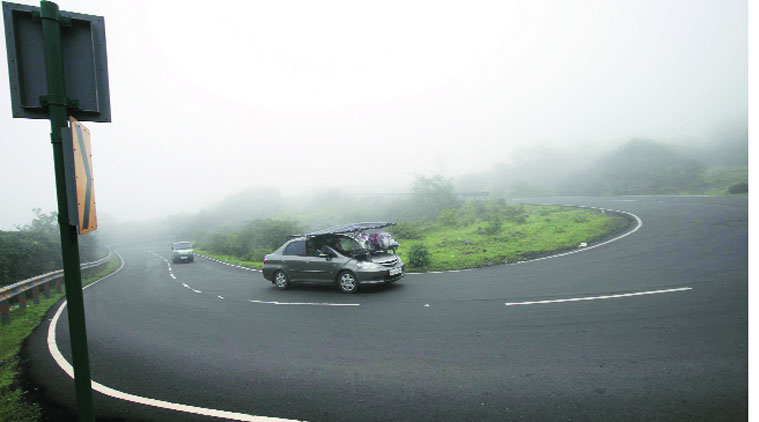- India
- International
‘Lonavala hill-cutting will lead to environment degradation’
NGT passed interim order, fined concerned party for deterioration of environment.
 Following the SEAC report, the NGT had passed an interim order in the case on December 9 asking the party concerned to deposit penalty within a week. The next hearing in the case is scheduled for tomorrow.
Following the SEAC report, the NGT had passed an interim order in the case on December 9 asking the party concerned to deposit penalty within a week. The next hearing in the case is scheduled for tomorrow.
Making observations in a case before the National Green Tribunal (NGT) in Pune pertaining to the excavation in picturesque hill station of Lonavala, the State Expert Appraisal Committee (SEAC) has said that such an activity would lead to deterioration of environment. The committee gave their observations in their detailed report on hill-cutting for quarrying and mining, which clearly states that such activity can lead to landslides. Following this, the NGT had passed the interim order in the case on December 9 and the next hearing is on December 18.
The three-member SEAC committee after assessing the area stated, “Such clandestine activity allowed in ecologically fragile areas like Lonavala-Khandala belt of the Western Ghats will badly compromise the carrying capacity of the region leading to further deterioration of environment.’’
The interim order of the NGT in the case has quoted the environment panel’s findings that stated that the hilly terrain has been disturbed and the hill has been indiscriminately cut to generate a flat area of the dimensions roughly around 120 m x 130 m. The average height the hill has been cut is 5 m and the quantum of the earth removed is roughly 11,700 cubic meters (3900 brass).
The SEAC had also observed that the hill cutting and dumping of excavated material has rendered the site vulnerable to landslides during monsoon. “The last monsoon rains had caused considerable erosion of hill slopes. Deep ravine formations indicate that landslides and mud flows are inevitable in future, thereby jeopardising the safety of buildings and its inhabitants at the foot of the hill.
The environment also observed that the chief officer municipal council had correctly issued a stop work notice in the beginning of the year and had filed an FIR in August under Section 54 of MRTP Act, which envisages excavation, cutting and removal of soil as development requiring permission. The committee had clearly pointed out that the act committed was clearly illegal.

“ In fact, had the hill existed, permission to construct buildings could not have been given as the hill feature would have rendered the entire site unfit for construction. This illegal act thus has created land for development in an area, where construction would not have been possible. The committee feels that it is harmful for the environment,’’ states the report.
The case came up before the NGT when the party concerned was fined for excavating much more than was allotted. The interim order states that the penalty be deposited within a week and if the party fails to do so, the municipal council and collector shall stop all activities including disconnecting amenities like electricity and water. Besides Rs 50,000 fine for degrading environment on basis of the principle under Section 20 of the NGT Act, 2010. The NGT also stated that non-compliance of the order may entail penal consequences, such as action under Section 26 or 28 of the NGT Act, 2010, not only against the authority but also against the person responsible for the act.
Environment committee members said that settlements below such quarries could be at great risk and a Malin-like episode could well take place. The committee has strongly recommended that quarrying should only be allowed in the recharge zone of hills at their base or flat areas, and not in run off or storage zones of the hill. It has recommended that a retaining wall be built in the upper reaches of the hill and a tree cover be maintained at the upper end of the quarry to prevent soil erosion into the mine below.
The panel also said that any kind of quarrying should not be allowed within 300 meters of any habitation or human activity and blasting with electronic detonations should be avoided in case of excessive rock breakage.
Click here to join Express Pune WhatsApp channel and get a curated list of our stories
Apr 26: Latest News
- 01
- 02
- 03
- 04
- 05







































